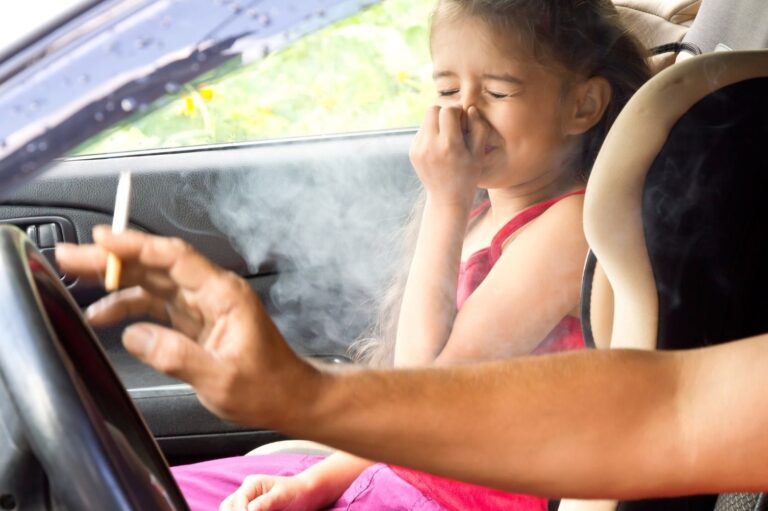10 Frequently Asked Questions About CPR
Cardiopulmonary resuscitation (CPR) is one of those skills that can be useful in any situation for life. And the best way to learn this skill is through CPR training.
When signing for your training, you’ll probably have questions such as ‘What is CPR’ ‘How to get CPR certified’ etc. You might have questions on general facts about CPR guidelines.
Many people turn to the web for answers, but most web data are out-of-date procedures and bad information. We have made it our mission to provide the most up to date information on First aid and CPR.
Here are some of the FAQs from our students and general questions to help you get started about CPR procedures.
Can I get into (legal) trouble if I do not do CPR correctly?
Doing CPR to the best of your ability is what is expected of you and bystanders around the emergency scene. As long as you are doing it for the benefit of the victim (and not trying to harm them), the Good Samaritan Laws will protect you.
Nearly all Australian states and territories have Good Samaritan Law in place. It is to ensure that anyone who steps forward to provide emergency medical assistance is not held legally liable for their actions.
According to The Civil Liability Act 2002 (NSW) (s 56), to be a good Samaritan, the person has to be:
- acting in good faith.
- without the expectation of payment or other rewards.
- and to assist a person that is apparently injured or at risk of getting an injury.
How many chances of the victim surviving if I perform CPR?
CPR can help improve the odds of cardiac arrest deaths in an out-of-hospital setting. Early CPR intervention in the first few minutes of cardiac arrest can double or triple the chances of survival. This is according to the Centers for Disease Control and Prevention (CDC) on things you may not know about CPR.
Effective CPR and defibrillation are the only definitive treatment for sudden cardiac arrest. It is, therefore, vital for bystanders to perform CPR as soon as possible. The victim’s survival depends on CPR intervention from them until emergency services arrive.
Can I catch a disease by doing CPR? (such as hepatitis or AID)
CPR has been around for more than 35 years. All those years, there has never been a case of disease transmission of hepatitis or AID from victim to rescuer.
When should I start CPR?
Breathing and pulse are two key factors to consider when determining whether you should start CPR or not. Perform CPR when the victim is not showing any signs of life or when they are:
- Unconscious
- Unresponsive
- Sudden collapse
- Has difficulty in breathing or non-breathing at all
In a cardiac arrest emergency, some people will take occasional gasping breaths. At this point, you need to perform CPR to clear their airways. Make every second count. Do not wait until the victim becomes fully unresponsive with no signs of breathing. Learning the warning signs of heart attack, stroke, and cardiac arrest also helps to determine when to start CPR.
When should I stop CPR?
When to stop is just as important as knowing when to start CPR. You cannot perform CPR for hours, and there has to be a stop at some point. Here are four criteria to help you determine when you should stop CPR.
- There are obvious signs of severe injuries, and death is already evident.
- Body fatigue or when you can no longer continue performing CPR after an extended period.
- There are signs of normal breathing, and the victim starts to gain consciousness by moving, opening their eyes, or making sounds.
- If someone with more advanced training arrives and takes over the performance of CPR first aid.
Can I perform CPR on pets?
You can perform CPR on your pets (dogs and cats). To give resuscitation, keep their mouth and lips close and breathe through the nose. Cover their nose completely with your mouth to prevent air from leaking out. Observe if their chest is rising while you do rescue breaths.
For chest compressions, you may need to press side to side (instead of the usual straight down to the chest). The rates of resuscitation to chest compressions are the same as for humans.
Where can I get CPR training?
A trusted local Registered Training Organisation (RTO) can give you access to the best CPR course in two unique ways. Whether you prefer the interaction in a traditional classroom setting or want a combination of the traditional and first aid online.
There are innovative classes that can you learn with whatever method of your choice.
What is included in a CPR course?
A CPR course generally focuses on these topics:
Adult, Child, and Infant CPR
It teaches how to perform CPR on cardiac arrest victims of all ages.
Use of an Automated External Defibrillator (AED)
It covers the use of AED and where to find them in public settings.
Management of Conscious and Unconscious Victims.
It covers how to manage a conscious or unconscious victim in an emergency effectively.
Why should I get CPR certified?
Aside from the purpose of employment, being CPR certified can help you in so many great ways. You will gain all the knowledge and skills you need in an emergency, and you can keep those around you safe.
Also, the CPR training and certification process only takes a few hours to complete. After the training, you can help deliver the care that someone needs while waiting for medical professionals to take over.
Can anyone learn CPR? Is there a minimum age to learn CPR?
Yes – anyone can learn CPR regardless of age, gender, race, occupation, and status in life. There is no minimum age to learn CPR. As soon as the child can read or understand things around him, he or she can start learning CPR. The American Heart Association points out studies that show children as young as nine can learn and retain CPR skills.
Do not miss out on an opportunity to become CPR certified. Sign up for first aid and CPR class today. Take the first step to become a lifesaver in your community.







